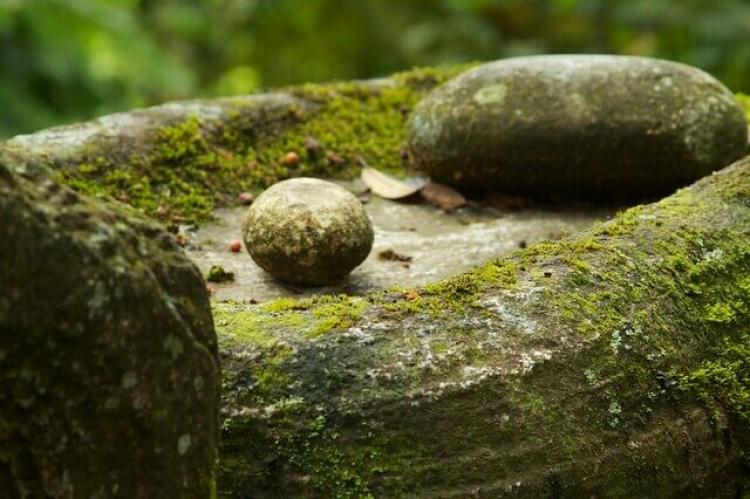Ciudad Perdida: Ancient Tairona Town
Ciudad Perdida is an archaeological site in Colombia's Sierra Nevada de Santa Marta. It is believed to have been built around 800 CE, predating the famous Machu Picchu by approximately 650 years. This impressive marvel, shrouded in mist, is a testament to the ancient civilization that once thrived there.
Ciudad Perdida
Ancient Tairona Town
Nestled within the mist-shrouded peaks of Colombia's Sierra Nevada de Santa Marta, Ciudad Perdida, also known as "Teyuna" or "Buritaca," unfolds as an archaeological marvel that predates even the famed Machu Picchu by approximately 650 years, with its origins believed to stretch back to around 800 CE.
Discovery and Unveiling
The intriguing narrative of Ciudad Perdida commenced in 1972 when local treasure hunters serendipitously encountered a series of stone steps ascending the mountainside. This accidental discovery opened the gates to an ancient city hidden for centuries. Prompted by the allure of gold figurines and ceramic urns, archaeologists led by the Instituto Colombiano de Antropología explored this enigmatic site in 1976. The meticulous work of reconstruction, spanning from 1976 to 1982, gradually unveiled the layers of a lost civilization.
Tairona Kingdom's Seat of Power
At its zenith, Ciudad Perdida served as the epicenter of the Tairona kingdom, a dominant realm spanning the Sierra Nevada and northern Colombia. Cradled along the banks of the Buritaca River, this ancient town is estimated to have housed a population ranging from 2,000 to 8,000 inhabitants. Functioning as a political and manufacturing hub, the city eventually succumbed to abandonment in the 16th century during the Spanish conquest.
Architectural Splendor
The grandeur of Ciudad Perdida is revealed through 169 intricately carved terraces, tiled roads, and intimate circular plazas, showcasing the architectural prowess of the Tairona people. Accessible only through a challenging ascent of around 1,200 stone steps enveloped in dense jungle, Ciudad Perdida exposes a complex network of canals, roads, stairs, and walls that intricately interconnect terraces and platforms. These structures once hosted ceremonial centers, residences, and food storage sites.
Cultural Legacy and Preservation
Ciudad Perdida holds profound cultural significance for local tribes—the Arhuaco, Koguis, and Wiwas—who consider it the heart of a network of ancestral villages. Known as "Teyuna," the city's story resonates with the heritage of the Tairona people. In a bid to safeguard this historical treasure, the non-profit organization Global Heritage Fund (GHF) has been actively involved since 2009. Their ongoing efforts aim to shield Ciudad Perdida from the erosive forces of climate, encroaching vegetation, neglect, looting, and the impact of unsustainable tourism.
A Comprehensive Glimpse into History
As Ciudad Perdida emerges from the veils of time, its ancient stones whisper tales of a bygone era, inviting modern explorers to tread carefully and marvel at the architectural wonders crafted by the hands of a civilization lost in the folds of history. This comprehensive glimpse into the past reveals the ingenuity of the Tairona people. It underscores the need for dedicated conservation efforts to ensure this archaeological gem is a timeless testament to human achievement.





